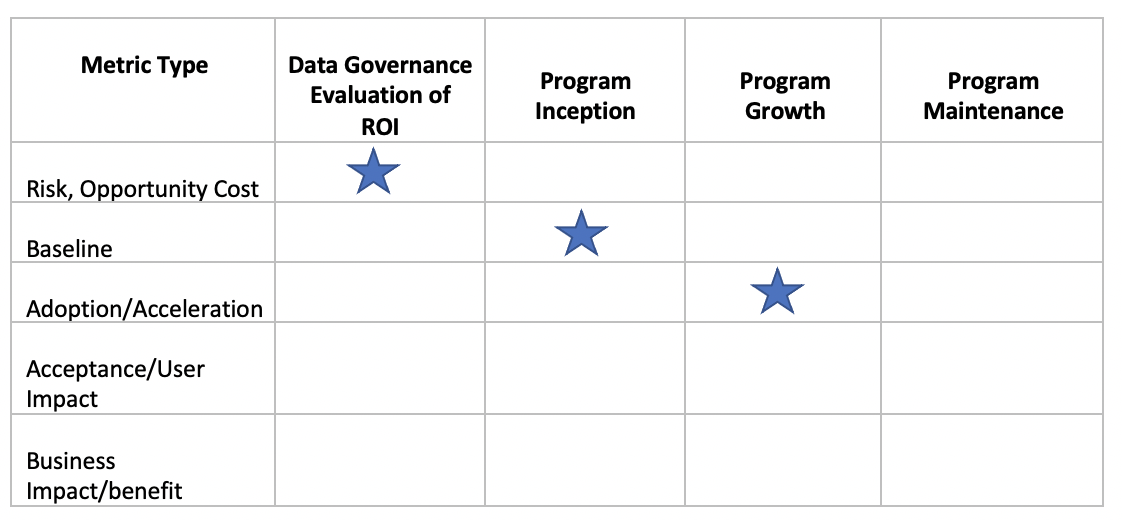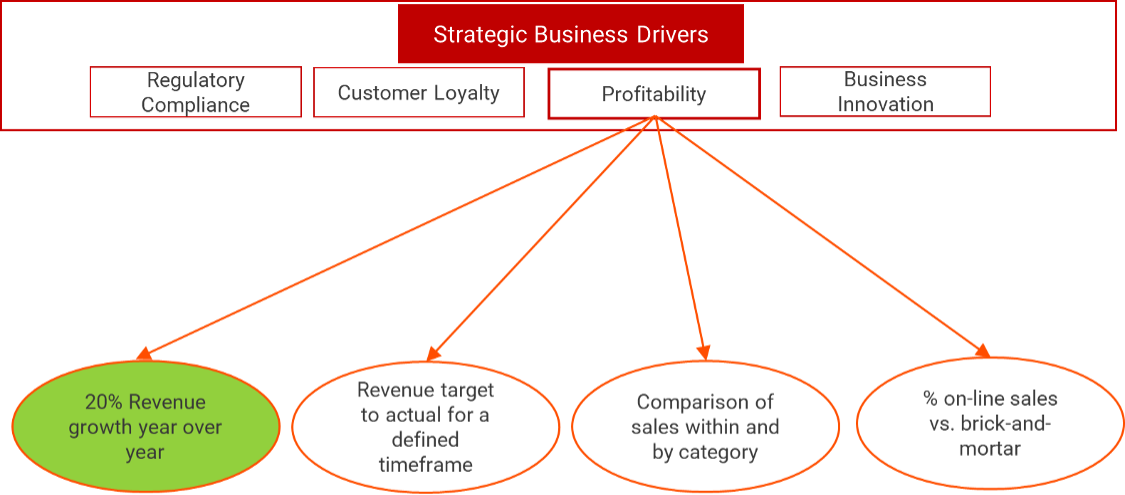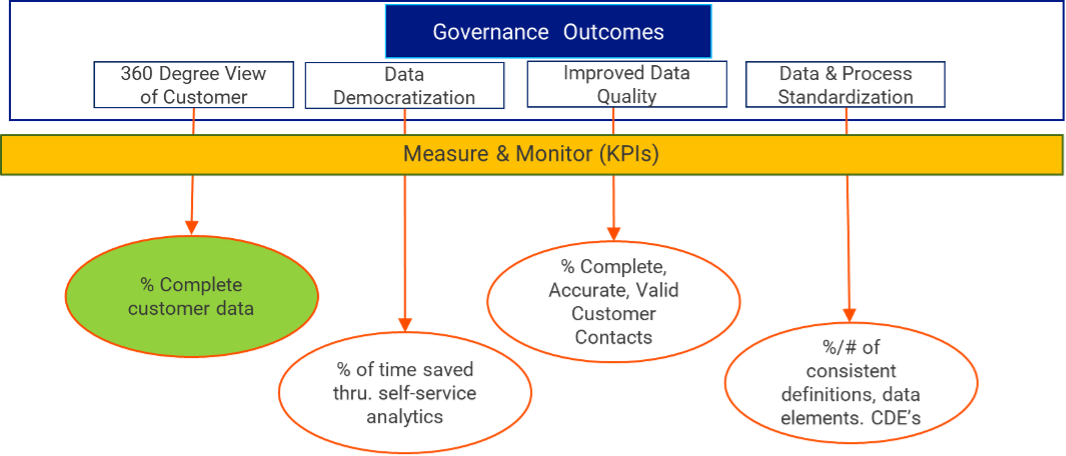Measuring Success in Data Governance
Last Published: Mar 17, 2025 |

Whether you’re merely considering investment in a data governance effort, embarking on a data governance journey of your own, or looking to communicate the value of active, ongoing data governance efforts, it is essential to identify the types of metrics that are relevant to your business stakeholders. Data governance is an area that is somewhat difficult to measure, given that it involves not just the use of tools, but the design of new processes, new responsibilities, and new expectations. For this reason, it’s important to consider different types of metrics that reflect the complexity of data governance and the different ways in which maturing a data governance program delivers value to your business or enterprise.
Why are metrics so critical to showing the value of data governance?
Metrics can:
- Quantify the impact of your data governance efforts in business terms
- Demonstrate to the stakeholder audience the value of investing in a new data governance model for better data management
- Reveal the opportunity cost of ‘business as usual’ without new data governance processes
- Show how realignment of resources results in faster, more standardized and streamlined decisions
- Illustrate the business impact in productivity, efficiency, and competitive advantage
Where you are in your journey towards developing a data governance program will determine the types of metrics you want to help evaluate the value of your investments.

While it’s helpful to see that the types of metrics will of necessity change as your data governance program matures, let’s think about explicit measures that are important to track.
First, think about what you are trying to accomplish from a data governance perspective. What are the actual business objectives and scenarios that you are solving (or hope to solve)? Can you translate this into actual dollar-savings, or competitive advantage, or penalties avoided? Again, what are the day-to-day business scenarios that data governance will improve? Who are the business stakeholders that will benefit? How do different components of your business measure themselves? Only by using these very same types of metrics will your business audience begin to appreciate how data governance is contributing to overall business value.
To better understand all the components of data governance, Informatica has developed a data governance framework:

Using this framework, we can start to appreciate that there will be different types of measures for each of the data governance components.
To show how this DG Framework can be used to define associated metrics that you can then use to communicate to your end-users and stakeholders, let’s work through an example from the consumer packaged-goods sector.
One of the strategic business drivers for this company is: ‘Increase year-over-year profitability through improved market segmentation’.

To accomplish this goal, the organization needs the data governance program to be able to provide a 360-degree view of the customer combined with the ability to derive meaningful insights from customer data.

To achieve the governance outcomes target, the data governance and data management teams will need to ensure that they have provided sufficient training on the appropriate tools, technology, and processes. This will empower team members with the right skills to profile and cleanse the data—eliminating decayed customer detail, duplicate, and sub-standard contact information—and a get a comprehensive view of purchasing history.

Part of the training will address defining the complete process to cleanse and segment data to achieve the objective of having cleansed and complete customer lists with accurate contact information and purchasing habits.

And finally, the supporting technology elements need to be enabled to promote data access and standard understanding of the data based upon category, market segment, and demographics. This could be a combination of Customer 360, Informatica Data Quality, and Axon Data Marketplace capabilities.

In summary, as you embark on your data governance journey, take the time to consider common business scenarios, how the business measures success and what they will benefit from with a formal data governance program. To be able to quantify value each aspect of data governance activities—from operational and process-based metrics to improvements in data quality and data access, to standardized, common understanding of business terms—will be critical to sustaining interest and growth of data governance within your enterprise. These metrics will also support change management initiatives by having meaningful measures of success that will promote cultural awareness and acceptance of new data governance practices.








